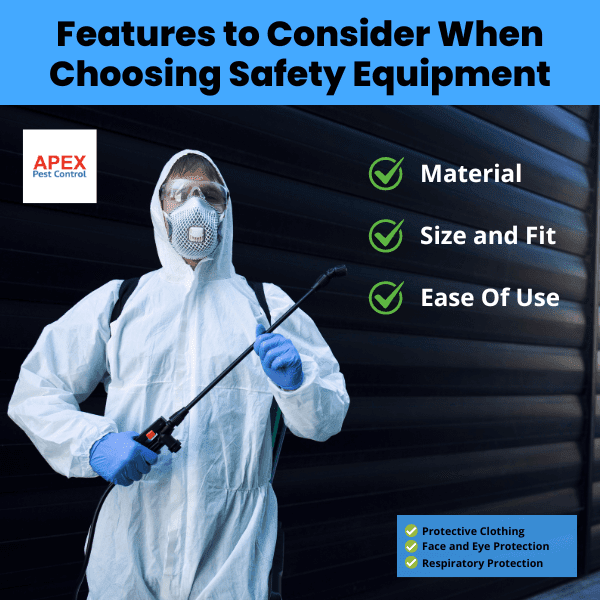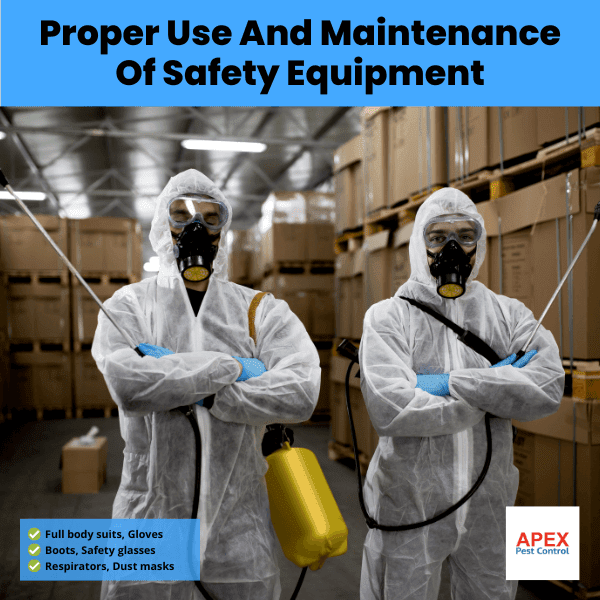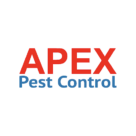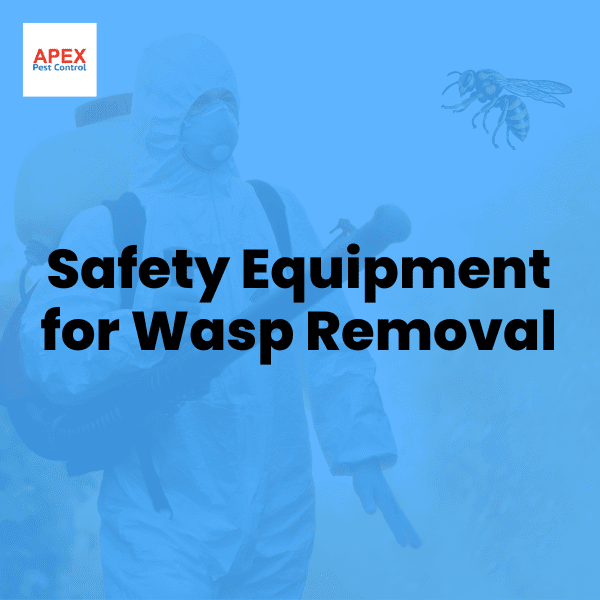Importance of Safety Equipment for Wasp Removal
Safety equipment plays a crucial role in wasp removal tasks. Dealing with wasps can pose significant risks if not managed appropriately.
Risks associated with wasp removal
Removing a wasp nest is perilous due to the aggressive nature of these insects, especially when they feel threatened. Wasps have the ability to sting repeatedly, leading to painful injuries and severe allergic reactions in some individuals. High nests also pose falling hazards that can lead to serious injury.
Benefits of using safety equipment
Using appropriate safety gear mitigates these risks. The right attire can protect against stings and provide peace of mind, making it easier for you or professionals handling this task.
For effective strategies on attracting and controlling wasps, explore our comprehensive guide on wasp bait and lures.
Types of Safety Equipment for Wasp Removal

When choosing safety equipment for wasp removal, there are several categories you should consider: protective clothing, face and eye protection, and respiratory protection.
Protective Clothing
This category includes full body suits, gloves, and boots designed specifically for pest control tasks like removing a wasp’s nest.
- Full body suits: These cover your entire body providing maximum coverage against potential stings.
- Gloves: Specialised gloves made from thick material keep your hands safe while allowing flexibility needed during the process.
- Boots: Sturdy boots provide additional coverage protecting lower legs from any wandering ground-based pests.
Face and Eye Protection
Eye protection is another key factor when dealing with angry swarms potentially flying at your face.
- Safety glasses shield eyes from both direct hits by agitated insects as well as dust or debris that might be kicked up during the process.
- Full-face shields offer even more security by covering the whole face including the mouth which is often exposed otherwise.
Respiratory Protection
While not always necessary depending on situation type respirator could make sense in certain circumstances particularly those involving heavy amounts of particulate matter air such instances dust masks simpler respirators are recommended.
- Dust masks: These cover the nose and mouth helping filter out smaller particles that can be breathed during wasp nest removal.
- Respirators: For heavier-duty needs, respiratory protection may include more advanced devices like full-face or half-mask respirators. These types of gear also provide some eye and face protection while ensuring you breathe clean air.
Features to Consider When Choosing Safety Equipment

When deciding on safety equipment for wasp removal, there are key features to consider such as material, size and fit, ease of use.
Material
The choice of material used in the production of safety equipment is essential because it determines both its durability and resistance to stings.
- Durability: Look for high-quality materials that won’t easily tear or break down over time. A durable suit will last longer and offer better value in the long run.
- Resistance to Wasp Stings: The most effective gear offers strong resistance against sharp wasp stings. Thick fabrics like leather or heavy-duty synthetics usually deliver good results.
Size and Fit
Getting right size fit your equipment is crucial comfort coverage
- Comfort: Your protective clothing should be roomy enough so as not to restrict movement but not too loose where gaps might occur exposing skin to potential attack points
- Coverage: Every piece of protective clothing must adequately cover vulnerable body parts ensuring no spots left unprotected
Ease Of Use
Being able move freely work comfortably just important considering how easy each item put take off
- Putting On Taking Off: Choose items that have zippers or other fastenings allow quick simple dressing undressing avoid fussing with complex laces ties
- Mobility While Wearing: Test mobility while wearing your chosen pieces to make sure they don’t hinder any necessary movements
Proper Use And Maintenance Of Safety Equipment

Properly using maintaining your safety gear critical maximising effectiveness longevity
Correct Way To Wear And Use Equipment
Ensure you are wearing each piece correctly, following manufacturer’s guidelines. Gloves should fit snugly but not restrict movement, face protection must be clear of smudges or cracks and suits should fully cover the body.
Cleaning And Storing Equipment
Regular cleaning is necessary to maintain gear quality. Follow instructions on how to properly clean equipment without damaging materials. Store in a dry cool place away from direct sunlight which can degrade materials over time.
When To Replace Equipment
Over time and with use, protective clothing may wear out losing its effectiveness against stings. Regular inspections for tears or other damage helps determine when it’s time for replacement.
Professional Wasp Removal Services

Sometimes safest choice seeking help professionals dealing wasp nests
When To Consider Professional Help
Consider professional services if nest large high up hard reach areas could dangerous confront yourself allergic reactions also warrant professional intervention
Benefits Of Hiring Professionals
Experts trained to safely remove wasp nests having proper knowledge expertise required handle them efficiently They equipped best safety gear industry specific tools effectively deal pests Also provide advice future prevention strategies
Final Thoughts On Safety Equipment For Wasp Removal
Safety during wasp removal paramount role having right gear greatly reduces risks associated task
A Recap Of The Importance And Types Of Safety Equipment
As discussed earlier various types safety equipment including full-body suits gloves boots face eye protection respiratory aids all offer varying levels security depending circumstances their correct usage critical avoiding harm
Encouragement For Safe Practises During Wasp Removal.
Safety always priority dealing pests like wasps Every step removing nest whether doing yourself hiring professional should guided principle safe practises better invest high-quality protective attire consider expert intervention instead risking health wellbeing possible repercussions lack preparation negligence.
FAQ
What kind of material is best for protective clothing?
Thick fabrics like leather or heavy-duty synthetics usually deliver good results as they offer strong resistance against sharp wasp stings.
How often should I clean my safety equipment?
Cleaning frequency depends on usage. After every removal, it’s good practise to clean the gear. Always follow manufacturer’s instructions for cleaning.
When should I consider professional help with wasp removal?
Consider professional services if the nest is large, high up or in hard-to-reach areas that could be dangerous for you to confront yourself with. Also, allergic reactions warrant professional intervention.
What other benefits do professionals provide aside from removing nests?
Professionals are not only equipped with top-notch safety gear but also industry-specific tools to deal with pests effectively. They can offer expert advice and future prevention strategies too.

Tony Johnson, Founder & Lead Technician at Apex Pest Control, is a BPCA and NPTA accredited pest management expert with over 35 years’ hands-on experience. Tony specialises in Integrated Pest Management and ensures all services comply with UK pest legislation, including the Wildlife and Countryside Act 1981 and COSHH Regulations 2002. His commitment to continual learning and adapting to industry best practices means clients receive effective, safe solutions for pests affecting homes and businesses across South Yorkshire. Tony’s dedication to professional standards, ethical treatment methods, and local expertise has made him a trusted partner for pest control and prevention.
-
BPCA & NPTA accredited | CHAS certified
-
Committed to UK pest law compliance & safety
-
Focused on effective, ethical pest management for South Yorkshire


